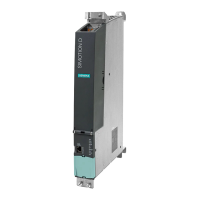
Do you have a question about the Siemens SIMOTION D4 5-2 Series and is the answer not in the manual?
| Brand | Siemens |
|---|---|
| Model | SIMOTION D4 5-2 Series |
| Category | Control Unit |
| Language | English |
Describes the purpose and use of the product manual.
Defines the manual's applicability for specific control units and system components.
States the development standard according to ISO 9001 quality guidelines.
Introduces SIMOTION D as a drive-based version of SIMOTION based on SINAMICS S120.
Details the central components of the SIMOTION D4x5-2 system and their functions.
Explains how I/O modules are integrated and approved for SIMOTION.
Shows the physical layout and interfaces of specific control units.
Explains the information found on the device's type plate.
Provides crucial safety notices for handling the control unit and its components.
Details the usage, properties, and data matrix of the CompactFlash card.
Shows the arrangement of operator controls and display elements on the unit.
Identifies and explains the LEDs, 7-segment display, and buttons.
Explains the function of the selector switches for service and operating modes.
Explains the layout and function of the DIAG and RESET buttons.
Describes the function and meaning of the unit's LEDs and 7-segment display.
Provides an overview of all available interfaces on the SIMOTION D4x5-2 module.
Details the DRIVE-CLiQ interface, its properties, and pin assignment.
Explains the functions and connectors for Industrial Ethernet connectivity.
Describes the PROFINET IO interface, its ports, and supported functions.
Covers the properties and usage of digital inputs and outputs.
Describes the interface for connecting the external power supply.
Details the PROFIBUS DP interfaces, their connectors, and assignment.
Describes the slot for inserting the SIMOTION CompactFlash card.
Explains the application and interface assignment of measuring sockets.
Describes the USB interfaces used for upgrading the device.
Specifies environmental conditions for shipping and storing the modules.
Details the conditions of use and prohibitions for ambient environments.
Provides physical dimensions and weights for different D4x5-2 models.
Lists power supply data, input voltage, and current consumption specifications.
Details memory, PLC/motion control performance, and communication interfaces.
Lists memory capacity and weight of the CompactFlash card.
Details properties and functions of the real-time clock.
Shows the protective circuit diagrams for input and output signals.
Shows the physical dimensions of D425-2 and D435-2 models.
Illustrates the physical dimensions of D445-2 and D455-2 models.
Provides links to CAD data and circuit-diagram macros.
Shows how supplementary system components connect to the SIMOTION D module.
Details the fan/battery module for cooling and real-time clock backup.
Describes the TB30 terminal board for expanding I/O capabilities.
Details the CBE30-2 board for adding a second PROFINET interface.
Explains the CX32-2 for scaling drive-end computing performance.
Describes the TM31 module for expanding I/O and analog capabilities.
Details the TM41 module for expanding I/O and enabling encoder emulation.
Describes the TM54F for fail-safe digital I/Os for Safety Integrated functions.
Explains TM15/TM17 for measuring inputs, output cams, and digital I/Os.
Details CUA31/CUA32 adapters for connecting power modules via DRIVE-CLiQ.
Describes DMC20/DME20 hubs for point-to-point DRIVE-CLiQ distribution.
Lists available spare parts and accessories with order numbers.
Covers CE marking, EMC, cULus approvals, and FCC statements.
Provides EMC notes specific to SIMOTION D4x5-2 and SINAMICS S120.
Discusses fundamental safety criteria and residual risks for electronic controllers.
Explains Electrostatic Discharge (ESD) and identifies sensitive devices.
Illustrates how individuals accumulate electrostatic charge based on materials and humidity.
Outlines essential grounding and contact measures for ESD protection.
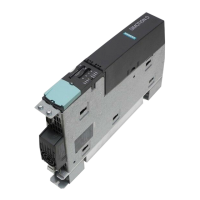
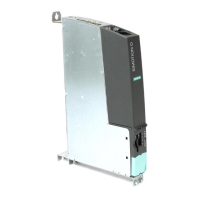

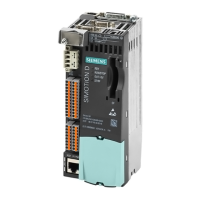
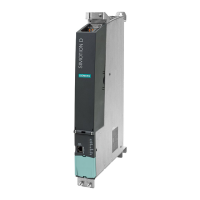

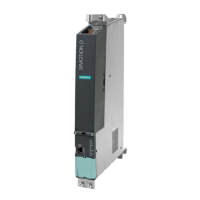




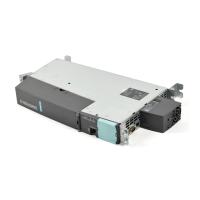
